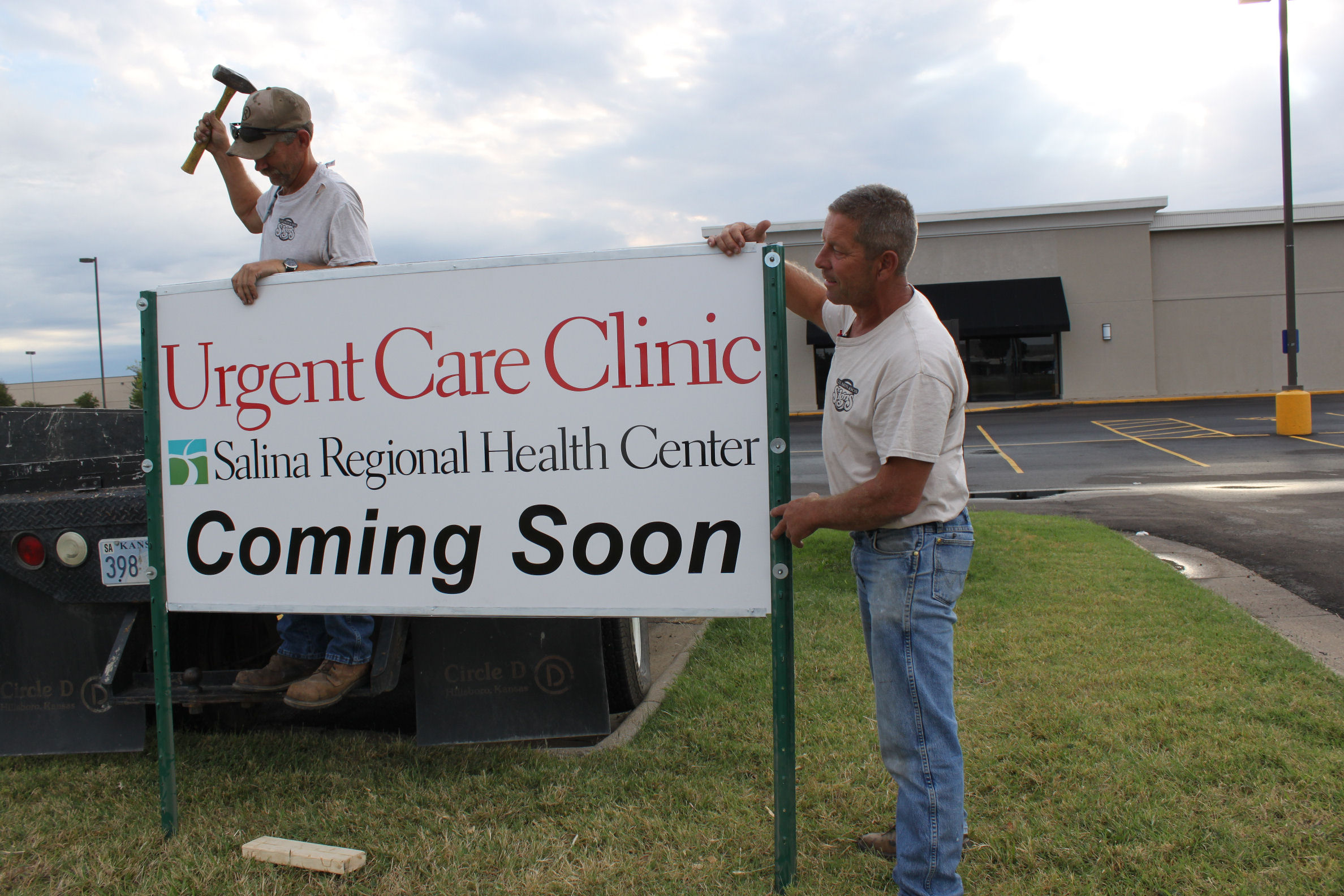Lumbosacral pain, which affects the lower back and the sacrum (the triangular bone at the base of the spine), is a common issue that can stem from various causes, including muscle strain, poor posture, spinal disc problems, and more. Exercises tailored to strengthen the muscles in the back, improve flexibility, and enhance posture can significantly help in managing and alleviating lumbosacral pain. It’s essential to approach these exercises gently, especially if you’re experiencing acute pain, and to consult with a healthcare professional before starting any new exercise regimen.
Understanding Lumbosacral Pain
Before diving into exercises, understanding the nature of your pain is crucial. Lumbosacral pain can range from a dull ache to sharp, stabbing pains and can be exacerbated by movement, sitting, or standing. Identifying triggers and modifying activities to avoid exacerbating the pain is the first step in managing lumbosacral pain.
Stretching Exercises
Stretching can help relieve tension in the muscles, improve flexibility, and reduce pain.
Knee to Chest Stretch: Lie on your back, bring one knee towards your chest, and hold onto your knee with your hand. Pull your knee gently towards your chest until you feel a stretch in your lower back. Hold for 30 seconds and then switch sides.
Pelvic Tilt: Lie on your back with your knees bent and feet flat on the floor. Tilt your pelvis upwards and then back down again, repeating the motion for 10-15 repetitions. This helps loosen the muscles in the lower back.
Cat-Cow Stretch: Start on your hands and knees. Arch your back, lifting your tailbone and head towards the ceiling (like a cat). Then, round your back, tucking your chin towards your chest and your tailbone towards the floor (like a cow). Repeat for 10-15 repetitions.
Strengthening Exercises
Strengthening the muscles in your back, abdomen, and pelvis can provide better support for your spine and reduce pain.
Plank: Start in a push-up position, with your hands shoulder-width apart and your body in a straight line from head to heels. Hold this position for as long as you can, up to 60 seconds. This exercise strengthens your core and helps stabilize your spine.
Bird Dog: Start on your hands and knees. Lift your right arm and left leg off the ground and hold them straight out, away from your body. Hold for a few seconds, then lower back down. Repeat on the other side. This exercise strengthens your back and abdominal muscles.
Bridge: Lie on your back with your knees bent and feet flat on the floor. Slowly lift your hips towards the ceiling, squeezing your abdominal muscles as you lift. Hold for a few seconds, then lower back down. Repeat for 10-15 repetitions.
Flexibility and Mobility Exercises
Improving flexibility and mobility can help reduce stiffness and pain in the lumbosacral region.
Lunges: Stand with your feet together. Take a large step forward with one foot and lower your body down into a lunge, keeping your back knee almost touching the ground. Push back up to the starting position and repeat with the other leg. This helps improve flexibility in the hips and pelvis.
Leg Raises: Lie on your back with your legs straight. Lift one leg towards the ceiling, keeping it straight, and then slowly lower it back down. Repeat on the other side. This exercise can help improve flexibility in the lower back and hips.
Lifestyle Adjustments
In addition to exercises, making some lifestyle adjustments can also help alleviate lumbosacral pain. This includes maintaining good posture, taking regular breaks if you have a job that involves sitting or standing for long periods, losing weight if you’re overweight, and avoiding heavy lifting or bending.
Conclusion
Exercises for lumbosacral pain are most effective when they’re part of a comprehensive approach that also includes lifestyle adjustments and, if necessary, medical treatment. Always consult with a healthcare professional or a physical therapist to develop a personalized exercise plan that suits your specific needs and health status.
What are the most common causes of lumbosacral pain?
+Lumbosacral pain can be caused by a variety of factors including muscle strain, herniated discs, spinal stenosis, and poor posture. Identifying the underlying cause is crucial for effective treatment.
Can exercise alone cure lumbosacral pain?
+While exercise can significantly help in managing and alleviating lumbosacral pain by strengthening the back muscles, improving flexibility, and enhancing posture, it might not cure the pain alone, especially if it’s caused by an underlying condition that requires medical attention.
How often should I exercise to relieve lumbosacral pain?
+It’s recommended to engage in exercises that target the back and core muscles at least 2-3 times a week, starting slowly and gradually increasing the intensity and frequency as your body allows. Consistency and gentle progression are key to avoiding exacerbating the pain.



